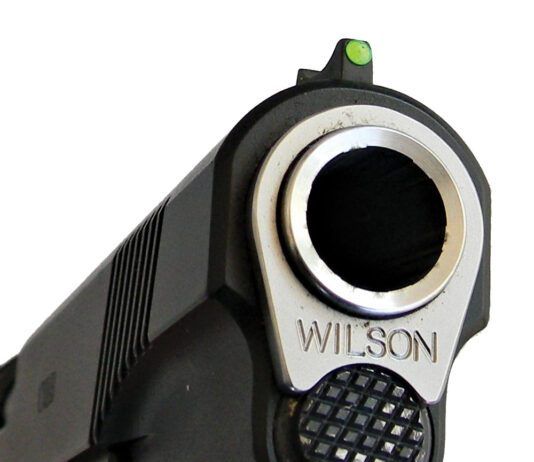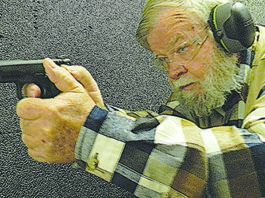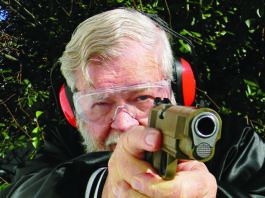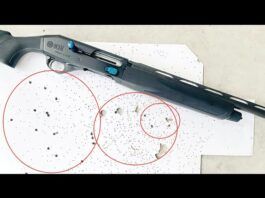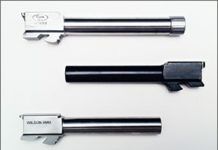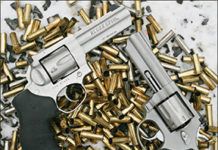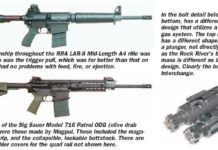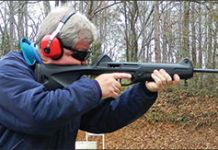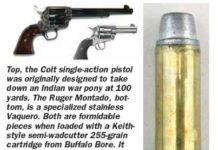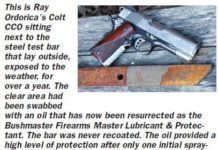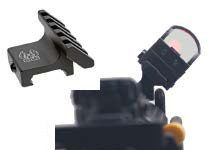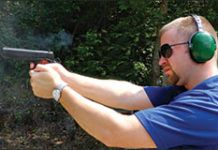Tuning Your Glock: How to Turn A Good Gun into a Great One
Glock is renowned for building an always reliable pistol that has become the choice of many law-enforcement agencies and militaries across the world, and has already received a couple of top grades in Gun Tests. So, if Glock already makes a good pistol, why would we want to change it? First, we wanted to see if a Glock could be made even better with a few quick changes; second, to evaluate the aftermarket upgrades themselves and the bang for the buck they provide; and third, to see if personalizing a pistol is more an exercise in vanity than a measurable uptick in performance.
We took a look at a few of the upgrade and part options for Glocks, ranging from sights to triggers to a 22 LR conversion kit. The lucky Glocks to get the first-class treatment were one Gen 4 Model 17 and two Model 22s, one a Gen 4 and one a Gen 3 former police issue. We tested all of the parts individually to evaluate what difference they would make, considering ease of installation, performance difference, and price as the main grading points. All the parts were supplied by Brownells, and the stock numbers and pricing reflect recent citations rounded to the nearest dollar, but they could still vary.
Glock Mods: An M1911 Man Branches Out
MG Industries Now Shipping a 9mm MARCK 15
All-Purpose 357 Mag Stainless Revolvers: Taurus Versus Ruger
Black 308 Semi-Auto Face Off: Rock River Arms Vs. Sig Sauer
Our Idaho test team is not that fond of the AR-15 rifle and its tiny cartridge, but our shooters really do like the 308 Win. versions of the "black rifle." Thus it was with joy that we unpacked four rifles in that caliber and selected two for this head-to-head test, the Rock River Arms LAR-8 Mid-Length A4 with accessories, which brought its price to about $1335 without sights, and a Sig Sauer Model 716 Patrol ODG, (the latter three letters indicating olive-drab telescoping butt, pistol grip and rail covers), list price of $2186. Here's what we found.
Pistol-Caliber Carbines: PX4 Storm Versus Kel-Tec Sub-2000
More Dangerous-Animal Ammo: 45 Colt and 45 ACP Loadings
Pistol Lasers: Guide-Rod, Rail Models Tested Head to Head
Stevens Model 320 Home Defense No. 19495 Pump-Action 12 Gauge, $270
In the October 2013 issue, Gun Tests magazine tested three new models of self-defense shotguns that carry low to moderate price tags against one of the popular veteran self-defense shotguns, the Benelli Super Nova Tactical No. 29155 pump-action 12 Gauge, $559. The less expensive shotguns were the recently introduced Stevens Model 320 Home Defense No. 19495, $270; the CZ Model 612 Home Defense No. 06520, $290; and the CZ Model 612 HC-P No. 06510, $349.


























